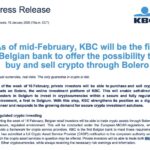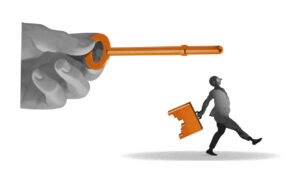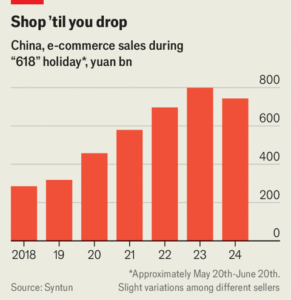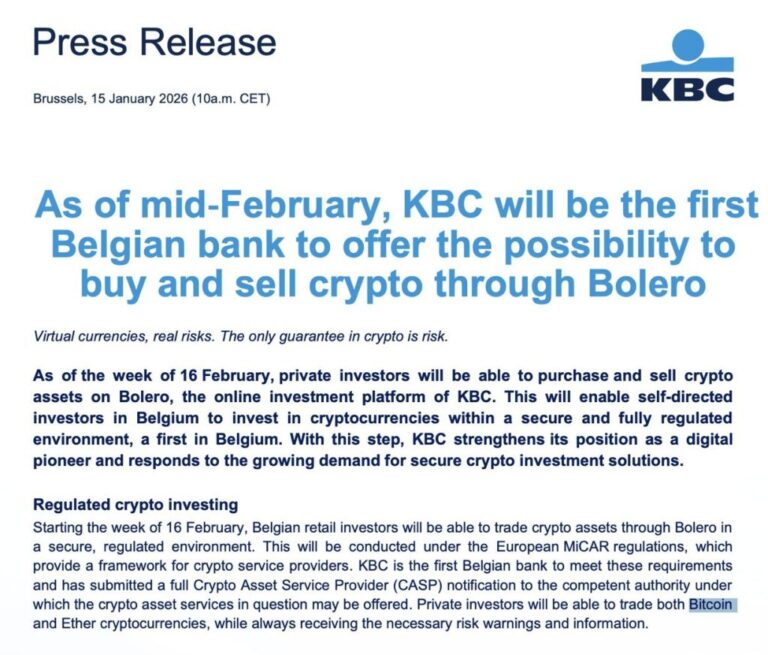Parked outside the front doors of a handsome 1920s brick building in a Parisian suburb is a bright yellow Renault 5, a new electric vehicle (ev) unveiled by the French carmaker in February. It is permitted this enviable spot because it belongs to Luca de Meo, the boss of the company, whose top brass occupy the building. Mr de Meo has brought a renewed confidence to Renault since taking over as its chief executive four years ago. He has turned the business around—and readied it to take on the Chinese carmakers that are looking to expand in the European market.
When Mr de Meo took over at Renault in 2020 the situation was “bleak”, says David Lesne of UBS, a bank. It sold 2.9m cars that year, down from 3.7m in 2017, and made a net loss of €8bn ($8.7bn). Debts were ballooning. Wobbles in its alliance with Nissan, a Japanese carmaker, and an aborted attempt to merge with Fiat Chrysler, an Italian-American one, had left the firm in a parlous state.

Mr de Meo has since steered Renault through a brutal restructuring. He has ripped out costs and is cutting capacity from around 4m vehicles in 2019 to a target of 3.1m in 2025. Sales are down on his watch, to 2.2m vehicles last year, but profits are up. Last year Renault made a net profit of €2.3bn (see chart).
The company has been drawing lessons from Dacia, its Romania-based sub-brand that makes inexpensive vehicles with margins that far exceed those of premium German carmakers. Dacia’s cost-saving measures range from standardising engines and other parts to turning off the lights at stations on its production line that are manned only by robots.
To improve focus, Mr de Meo has reorganised Renault into three parts: Ampere, an electric-vehicle and software division; Power, a legacy internal combustion engine (ICE) business; and Horse, which will continue to develop ICEs in partnership with Geely, a Chinese carmaker, and Aramco, Saudi Arabia’s state-owned oil giant. (A plan to spin off Ampere was dropped in January after growth began to slow in Europe’s EV market.)
Unlike many of its rivals, Renault is willing to admit that it cannot do everything itself. Carmakers such as Volkswagen have kept software development mostly in-house, with disappointing results. Renault, by contrast, has formed partnerships with the likes of Google, a software giant, and Qualcomm, a chipmaker, which has kept costs down without ceding too much control to a third party.
Stephen Reitman of Bernstein, a broker, describes Renault as a card player that has not been dealt the strongest hand but is squeezing every point out of it. Its turnaround has positioned it well to take on the Chinese carmakers that are starting to export cheap EVs to Europe, despite its costlier French labour. When the Renault 5 goes on sale later this year it will have a starting price of €25,000, making it competitive with Chinese imports. The Twingo, a smaller EV Renault plans to release in 2025, will sell for under €20,000.
All this may explain why Mr de Meo seems unruffled by the threat from Chinese carmakers. They are “not unbeatable”, he says, adding that “it is not a time to panic.” The carmaker has partnered with a Chinese engineering company to develop the new Twingo. It hopes to replicate the dynamism of Chinese carmakers by slashing development times for new models. Tariffs on Chinese EVs imposed from July will buy carmakers such as Renault some time. It does not intend to waste it.
Plenty could still go wrong for Renault. A plan for Horse to sell engines to other carmakers relies on it finding customers that are willing to give up on manufacturing their own ICEs. Few so far seem interested in doing so. Hopes of cutting manufacturing costs for Renault’s next generation of EVs by 40% will depend largely on batteries getting cheaper and more energy-dense. That, notes Mr Lesne of UBS, is in the hands of battery suppliers and mostly beyond the carmaker’s control.
Another worry for the firm, and European carmakers more generally, is the European Union’s emission targets, which tighten considerably next year. To comply, around 16% of the cars Renault sells in Europe will have to be fully electric, by UBS’s calculations, up from nearly 12% in the first half of this year. Although the Renault 5 will boost that figure, it may not be enough to avoid fines. The firm could be forced to sell fewer ICE cars, which are more profitable, to meet the targets.
Mr de Meo notes that, for 125 years, Renault has “survived everything”. He deserves credit for successfully steering the French carmaker away from disaster. But his job is far from done. ■
To stay on top of the biggest stories in business and technology, sign up to the Bottom Line, our weekly subscriber-only newsletter.

















